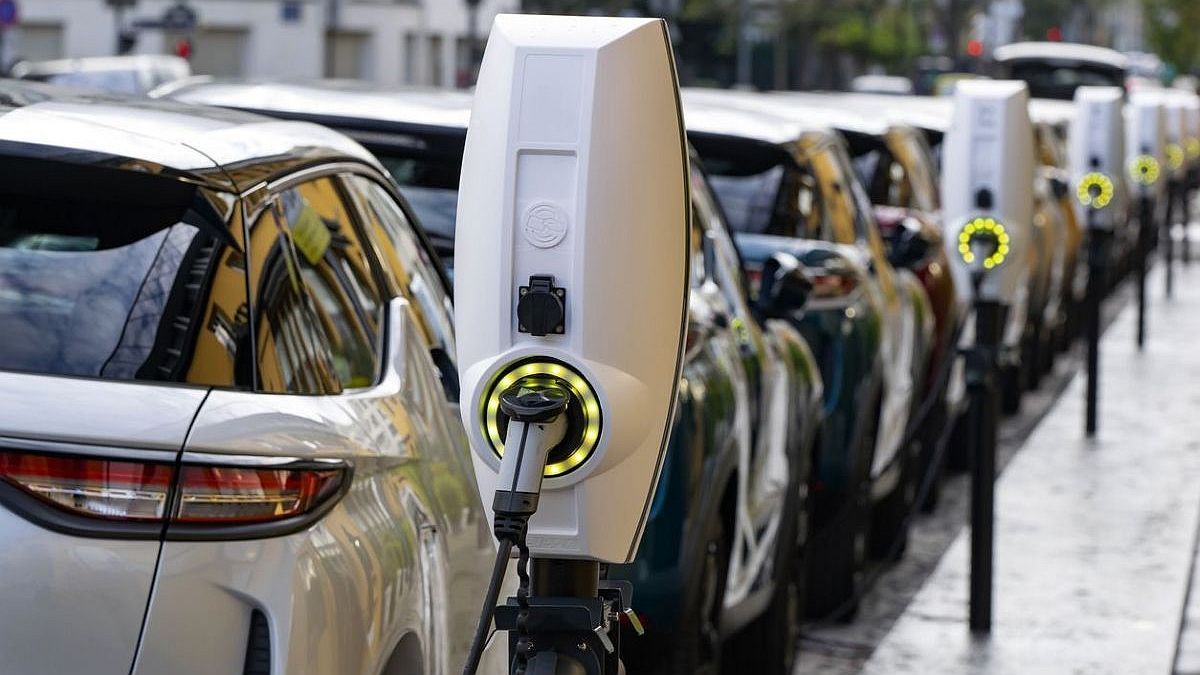The billions of dollars of investments in the research, development and innovation of new vehicle propulsion systems have pre-announced a structural change in the automotive industry worldwide. With growing awareness of climate change and the need to reduce greenhouse gas emissions, Electric vehicles are presented as a sustainable and efficient alternative, although not the only one.
The content you want to access is exclusive to subscribers.
In this context of transition towards vehicles that are less aggressive with the environment, Argentina has the challenge of being part of this reconfiguration, taking advantage of its long and vast experience in automobile production, with a highly attractive automotive value chain.


New technologies are not exclusively related to motorization, there are several trends: connectivity with the environment (between vehicles, with people, with infrastructure), artificial intelligence for driver assistance, autonomous driving (sensors, cameras, control software) , new security systems and advanced materials (lighter and more resistant).
However, this transition path is not without challenges due to the need for significant investments and adaptations by the industry. We have been witnessing the growing adoption of electric vehicles around the world, mainly in China, Europe and the United States, which has led traditional manufacturers to rethink their production and marketing strategies, with new locations and new players in supply chains. global value. World-renowned manufacturers are focusing considerable resources on the development of electric vehicles, hybrids (in their different modalities) and hydrogen fuel cells. Sooner rather than later, Argentina will not be the exception.
Although there are already some projects underway in our country, they are still small-scale initiatives, especially with greater qualitative impact. The acceleration, or deceleration, of this process will depend largely on advances in the development of more efficient (autonomy) and lower price batteries; of the financial capacities of governments to be able to subsidize the reduction of the cost gap with internal combustion vehicles and the development of infrastructure.
But beyond the possible speeds of this transition, the automotive activity of our country faces a series of challenges that must be addressed as soon as possible to maintain our automotive tradition. For this, significant investments by terminals and suppliers are and will be necessary, for which certain necessary conditions are required: Converge as soon as possible to a stable and predictable macroeconomic framework.
Invest significantly in lifelong training and development of potential to adapt the workforce to new technologies and production processes, accompanied by a modern labor scheme that substantially modifies the current one, which dates back to the last century and is now fifty years old. Simplify and reduce the weight of the tax structure, especially with regard to investments of all types, including technological innovation. Maintain trade agreements in Mercosur and the rest of the region, aimed at maintaining and deepening a strategy of specialization and productive and commercial complementation.
Effective and agile incentive scheme, in line with what the majority of countries that are interested in having a place in this energy and technological transition process are doing. Experience has shown that when the minimum necessary conditions have been met, the entire automotive chain in our country has been, as it is now, a relevant factor for generating growth and greater well-being for our society.
Manager of AFAC, organizer of Automechanika Buenos Aires
Source: Ambito
David William is a talented author who has made a name for himself in the world of writing. He is a professional author who writes on a wide range of topics, from general interest to opinion news. David is currently working as a writer at 24 hours worlds where he brings his unique perspective and in-depth research to his articles, making them both informative and engaging.




